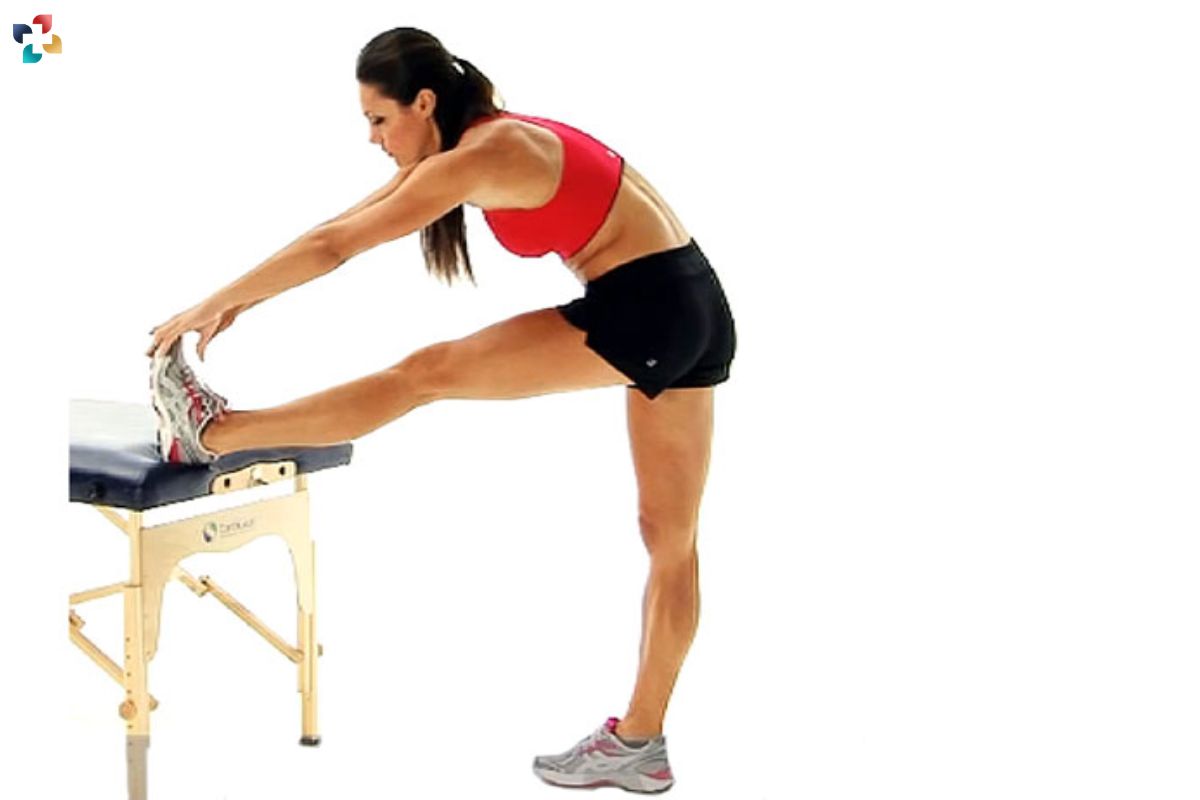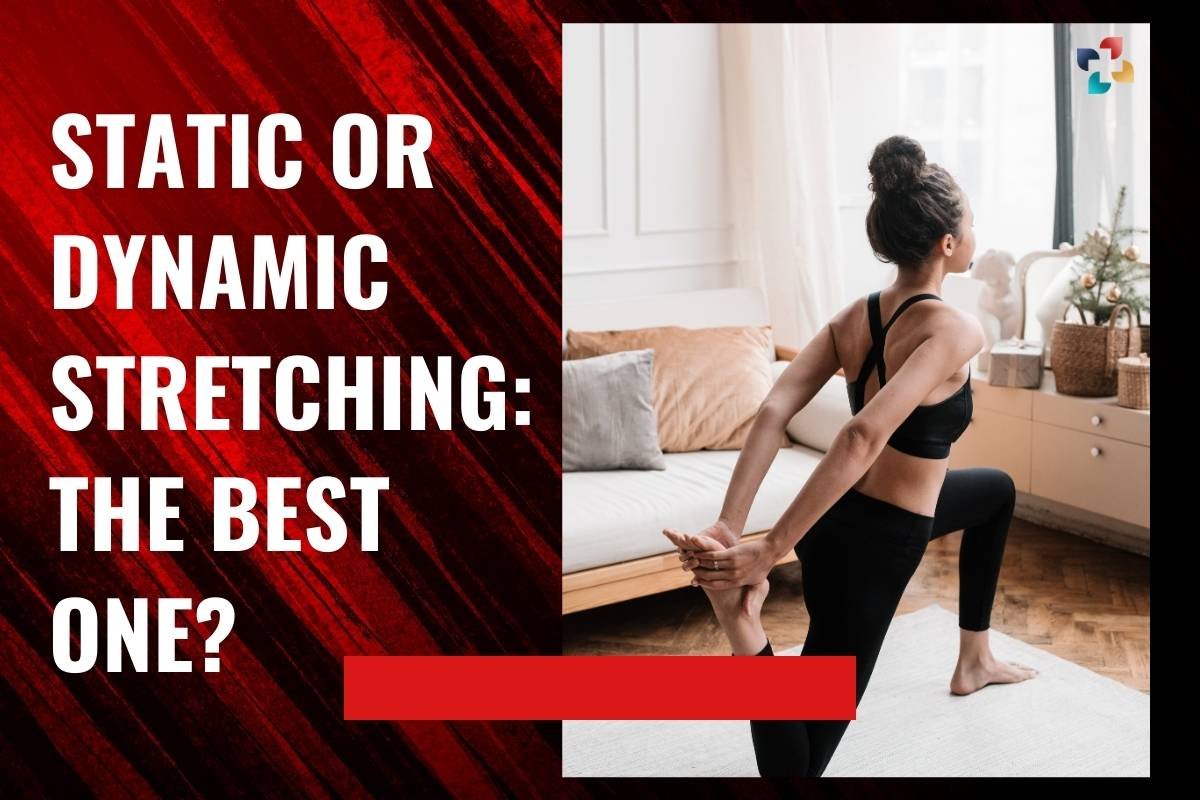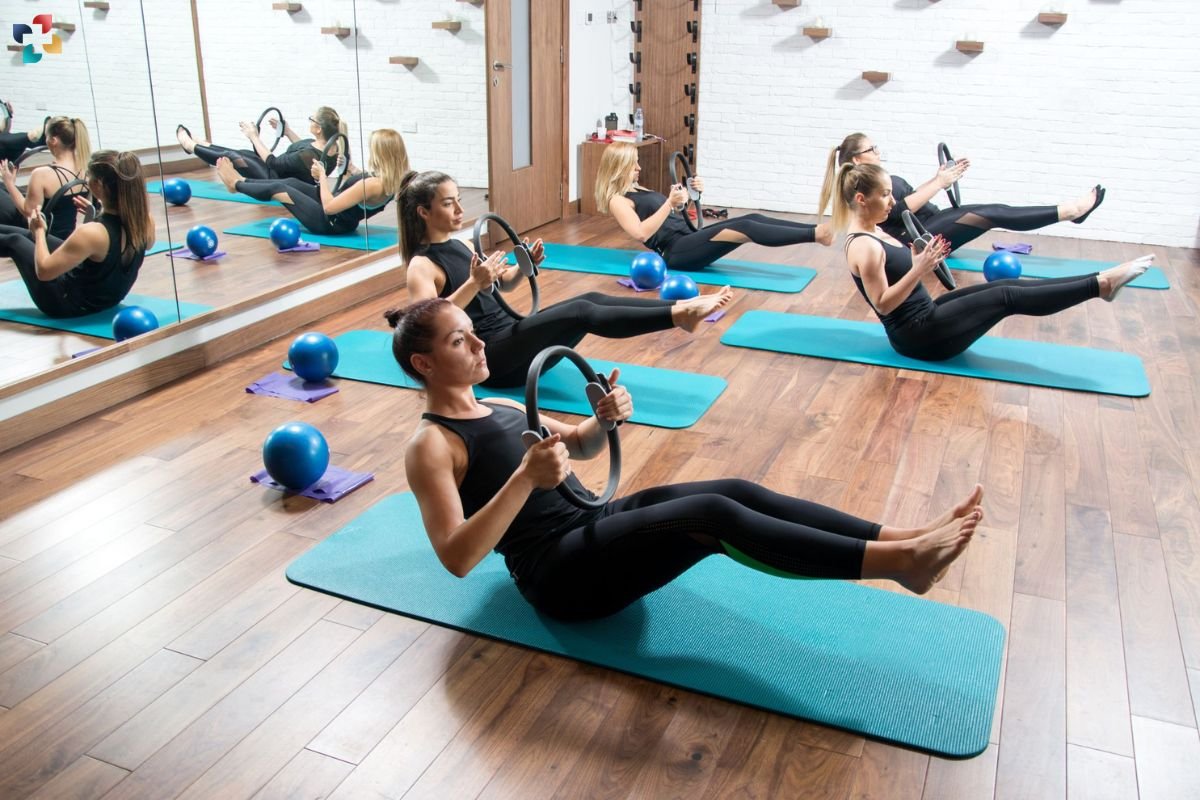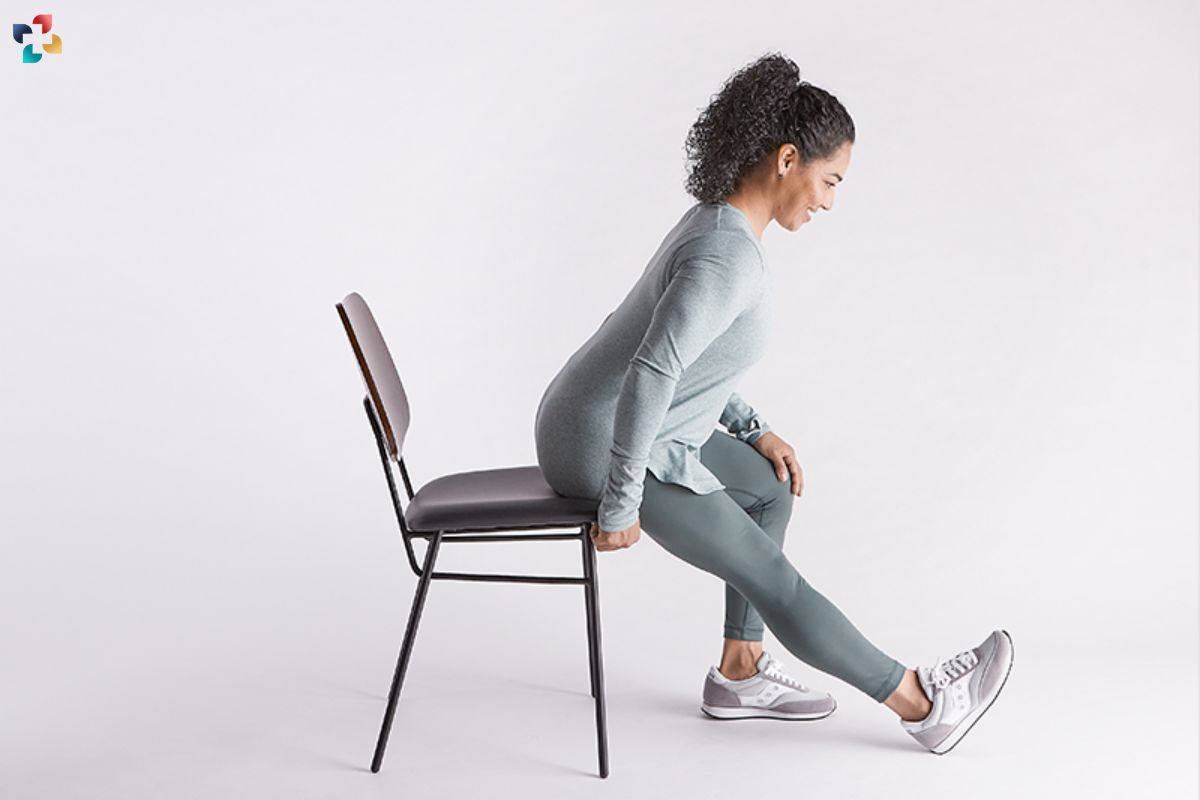Source – Hinge Health
Hamstring stretches are an essential component of any fitness routine, whether you are an athlete, a fitness enthusiast, or someone simply looking to improve your flexibility. The hamstrings are a group of three muscles located at the back of the thigh, and they play a crucial role in various physical activities. In this comprehensive guide, we will explore the importance of hamstring stretches, the best techniques to perform them, and useful tips to maximize their effectiveness. By incorporating hamstring stretches into your daily routine, you can enhance your overall flexibility, reduce the risk of injury, and improve your athletic performance.
Understanding the Hamstrings
Before diving into the various hamstring stretch techniques, it is essential to understand the anatomy and function of the hamstrings. The hamstring group consists of three muscles: the biceps femoris, semitendinosus, and semimembranosus. These muscles originate from the ischial tuberosity of the pelvis and attach to the tibia and fibula in the lower leg. The primary functions of the hamstrings include:
- Knee Flexion: Bending the knee.
- Hip Extension: Moving the thigh backward.
- Stabilization: Supporting the pelvis and lower back during movement.
Given their vital role in movement, maintaining the flexibility and strength of the hamstrings is crucial for overall physical health.
Benefits of Hamstring Stretches
Incorporating hamstring stretches into your routine offers numerous benefits, including:
1. Improved Flexibility
Regular hamstring stretches help increase the flexibility of the muscles and tendons in the back of the thigh. Enhanced flexibility can improve your range of motion, making daily activities and exercises easier to perform.
2. Reduced Risk of Injury
Tight hamstrings are more susceptible to strains and injuries. By consistently performing hamstring stretches, you can reduce muscle tightness, lowering the risk of injuries during physical activities.
3. Better Posture
Tight hamstrings can contribute to poor posture by pulling on the pelvis and lower back. Stretching the hamstrings can alleviate this tension, promoting better posture and reducing lower back pain.
4. Enhanced Athletic Performance
Flexible hamstrings are essential for athletes, as they contribute to efficient movement patterns and overall performance. Regular hamstring stretches can enhance your agility, speed, and strength.
5. Relief from Muscle Soreness
Stretching after workouts can help reduce muscle soreness by promoting blood flow and aiding in the removal of lactic acid buildup. Hamstring stretches can be particularly beneficial after leg-intensive exercises.
5 Effective Hamstring Stretch Techniques

There are several hamstring stretch techniques that you can incorporate into your routine. Here are some of the most effective ones:
1. Standing Hamstring Stretch
The standing hamstring stretch is a simple and effective way to stretch the hamstrings.
How to Perform:
- Stand with your feet hip-width apart.
- Extend one leg straight in front of you, resting the heel on the ground.
- Hinge at your hips and lean forward, keeping your back straight.
- Reach towards your toes while keeping the extended leg straight.
- Hold the stretch for 20-30 seconds and switch to the other leg.
2. Seated Hamstring Stretch
The seated hamstring stretch is ideal for targeting the hamstrings without placing too much strain on the lower back.
How to Perform:
- Sit on the floor with your legs extended straight in front of you.
- Flex your feet and keep your back straight.
- Slowly reach forward towards your toes, bending at the hips.
- Hold the stretch for 20-30 seconds, then release.
3. Lying Hamstring Stretch
The lying hamstring stretch is perfect for those who prefer a more relaxed position.
How to Perform:
- Lie on your back with one leg extended on the floor.
- Lift the other leg towards the ceiling, keeping it straight.
- Hold the back of your lifted leg with both hands, gently pulling it towards you.
- Hold the stretch for 20-30 seconds and switch legs.
4. Wall Hamstring Stretch
The wall hamstring stretch uses a wall for support, allowing for a deeper stretch.
How to Perform:
- Lie on your back near a wall.
- Extend one leg up the wall, keeping the other leg flat on the floor.
- Scoot closer to the wall to deepen the stretch.
- Hold the stretch for 20-30 seconds and switch legs.
5. Dynamic Hamstring Stretch
Dynamic stretches involve movement and are great for warming up before a workout.
How to Perform:
- Stand with your feet hip-width apart.
- Swing one leg forward and back in a controlled manner.
- Gradually increase the range of motion with each swing.
- Perform 10-15 swings on each leg.
Tips for Effective Hamstring Stretching
To get the most out of your hamstring stretches, keep the following tips in mind:
1. Warm Up First
Always warm up your muscles before stretching. A light aerobic activity like brisk walking or jogging for 5-10 minutes can increase blood flow to the muscles, making them more pliable and ready for stretching.
2. Stretch Regularly

Consistency is key to improving flexibility. Aim to stretch your hamstrings at least 3-4 times a week, incorporating both static and dynamic stretches into your routine.
3. Hold Stretches for Adequate Time
For static stretches, hold each stretch for at least 20-30 seconds to allow the muscles to lengthen effectively. Avoid bouncing or making quick movements, as these can lead to injury.
4. Breathe Deeply
Proper breathing can enhance the effectiveness of your stretches. Inhale deeply before you begin the stretch and exhale slowly as you hold the position. This helps relax the muscles and improve the stretch.
5. Listen to Your Body
Never push yourself to the point of pain. Stretching should create a gentle tension in the muscles, not sharp pain. If you feel discomfort, ease off the stretch slightly.
6. Incorporate Variety
Incorporate different hamstring stretch techniques to target various parts of the hamstring muscles. This variety can prevent boredom and ensure a well-rounded stretching routine.
7. Use Props for Assistance
If you have limited flexibility, use props like a yoga strap or towel to assist with stretches. These tools can help you achieve a deeper stretch without straining.
Common Mistakes to Avoid
When performing hamstring stretches, it’s essential to avoid common mistakes that can hinder your progress or cause injury. Here are some pitfalls to watch out for:
1. Overstretching
Pushing yourself too hard can lead to muscle strains and injuries. Stretch within your comfort zone and gradually increase the intensity over time.
2. Ignoring Other Muscle Groups
While focusing on hamstring stretches, don’t neglect other muscle groups. A balanced stretching routine should include stretches for the calves, quadriceps, hip flexors, and lower back.
3. Poor Posture
Maintaining proper alignment is crucial during stretches. Keep your back straight and avoid rounding your shoulders. Good posture ensures the stretch targets the hamstrings effectively.
4. Holding Your Breath
Breathing is essential for muscle relaxation and effective stretching. Avoid holding your breath and focus on deep, rhythmic breathing throughout the stretch.
5. Inconsistent Stretching
Infrequent stretching can limit your progress. Make hamstring stretches a regular part of your fitness routine to achieve lasting flexibility and benefits.

What’s Best for Your Fitness, Static or Dynamic Stretching?
Stretching is undoubtedly an important aspect of the workout. Often people underestimate the importance of it. Stretching helps the body to prevent aches in muscles, and gives relaxation by relieving stress.
Incorporating Hamstring Stretches into Your Routine
To effectively integrate hamstring stretches into your routine, consider the following strategies:
1. Post-Workout Stretching
Include hamstring stretches as part of your cool-down routine after workouts. This helps relax the muscles and prevent post-exercise stiffness.
2. Morning Stretching Routine
Start your day with a gentle stretching routine that includes hamstring stretches. This can improve blood flow, increase flexibility, and set a positive tone for the day.
3. Stretch Breaks
Take short stretch breaks throughout the day, especially if you have a sedentary job. Standing hamstring stretches can be done easily at your desk to counteract the effects of prolonged sitting.
4. Yoga and Pilates

Incorporate yoga or Pilates into your fitness regimen. Both practices include various hamstring stretch poses that can enhance flexibility and overall well-being.
5. Pre-Activity Stretching
Perform dynamic hamstring stretches as part of your warm-up before engaging in physical activities like running, cycling, or sports. This prepares the muscles for movement and reduces the risk of injury.
Conclusion
Hamstring stretches are a vital aspect of maintaining flexibility, preventing injuries, and improving overall physical performance. By understanding the importance of hamstring stretches and incorporating them into your routine, you can enjoy numerous benefits, including enhanced flexibility, better posture, and reduced muscle soreness. Remember to perform hamstring stretches regularly, listen to your body, and avoid common mistakes to achieve the best results. Whether you are an athlete or someone looking to improve your overall fitness, stretches can play a significant role in your journey toward a healthier, more active lifestyle.








